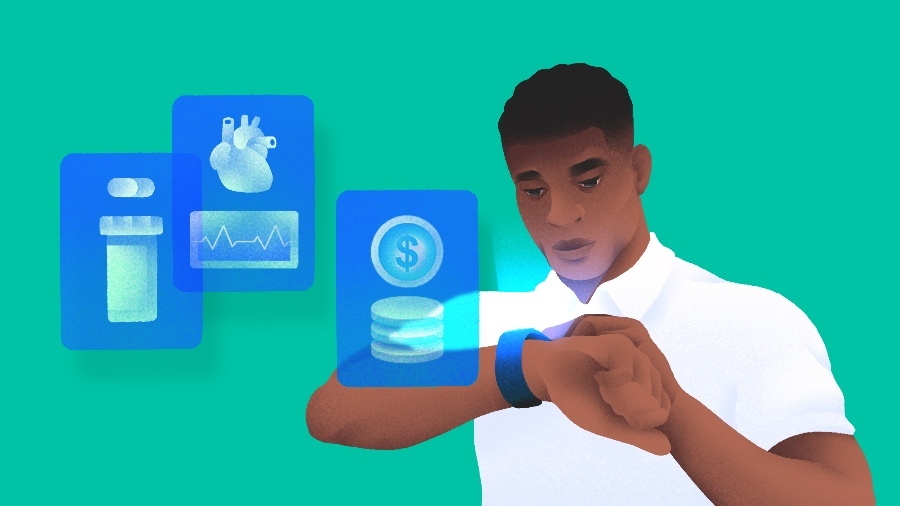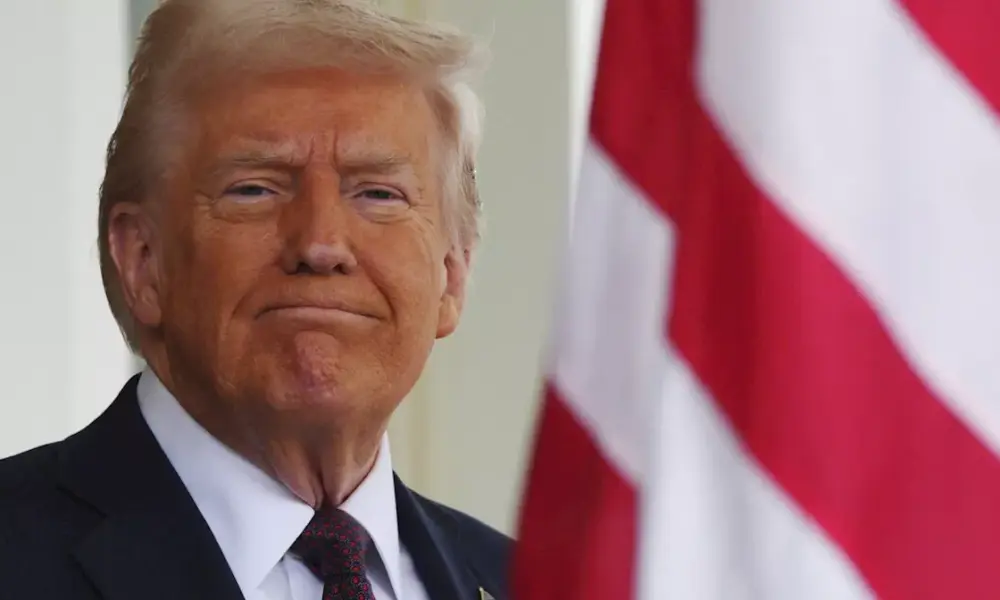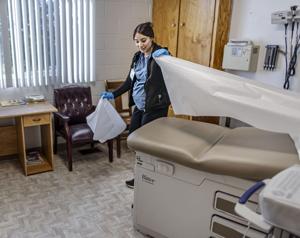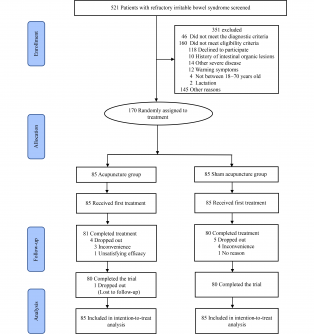The wearables sector is experiencing a notable surge in investment, primarily driven by the success of the Finnish company Oura. Known for its smart ring that gathers extensive health and wellness data, Oura recently secured over $900 million in a financing round led by Fidelity, raising its valuation to an impressive $11 billion. This influx of capital comes as Oura anticipates achieving $1 billion in sales this year, marking a significant milestone for the company.
While Oura’s growth is a standout development, it is not alone in attracting venture capital. According to data from Crunchbase, a variety of startups in the wearables space have also received substantial funding over the past year. The applications for these technologies are diverse, with a strong emphasis on health monitoring, but innovations are increasingly branching out into consumer-focused products, particularly in light of advancements in artificial intelligence.
Emerging Innovations and Notable Investments
Among the noteworthy investments is Xpanceo, a startup based in Dubai that is developing smart contact lenses featuring microdisplays and external sensors. This innovative company raised $250 million this summer, achieving a valuation of $1.35 billion. Another company, Nothing, which produces Android smartphones, earbuds, and watches, received $200 million in a Series C funding round to expand its vision of creating an “AI-native platform” that integrates hardware and software.
Interestingly, the wearables market is not limited to human use. Halter, for instance, has created a platform that combines smart collars with virtual fencing to help ranchers manage their cattle. The company raised $100 million in Series D funding this summer, achieving a valuation of $1 billion.
In the medical field, wearables for monitoring health conditions continue to attract investor interest. Two established companies, Biolinq and VitalConnect, each secured $100 million rounds this year. Biolinq has developed a biosensor that continuously measures glucose levels beneath the skin, while VitalConnect offers connected patches for remote cardiac monitoring.
Competitive Landscape and Future Prospects
The landscape for wearables is also characterized by competition from major technology firms. Industry giants such as Apple, Google (with its Fitbit devices), and Meta are making significant strides in this market. For example, Apple’s latest offering, AirPods with live translation capabilities, illustrates the growing sophistication of wearable technology.
Despite the presence of these large players, startups have unique advantages. They can cater to niche markets and early adopters, allowing them to refine their products before targeting broader audiences. This agility could foster further innovation and differentiation in a rapidly evolving space.
As the wearables sector continues to expand, the current wave of investment reflects a growing recognition of the potential for technology that enhances personal health and wellness. With a mix of established players and innovative startups, the future of wearables looks promising, offering a glimpse into the next generation of connected devices.







